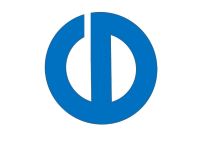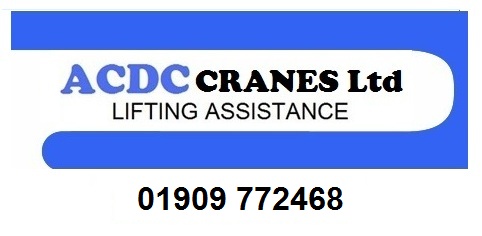Title Page
-
Site conducted
-
Conducted on
-
Prepared by
-
Location
Checklist
-
Is the electrical supply to equipment safe and compliant with Electricity Regulations?
-
Contact with moving parts? Have the moving parts of the machine been designed in such a way to prevent risk of contact.
-
Contact with sharp objects? Are accessible parts of the machine free from sharp edges, sharp angles.
-
Contact with the machine? Crushing, shearing, cutting hazards evident.
-
Contact with rotating parts? Drawing in or trapping hazards.
-
Fire or explosion hazard?
-
Contact with airborne/falling objects? Have precautions been taken to prevent falling or ejected objects.
-
Slips, trips and fall hazards? Have parts of the machine, where persons work, been designed to prevent slips, trips and falls.
-
Lifting operations? Access to forklift truck, overhead cranes?
-
Pressurised systems? Gases, hydraulic fluid, water, hydrogen, nitrogen, acetylene.
-
Compressed Air? Airline regulators fitted to reduce pressure.
-
Noise? Is the noise output above 80dB(A).
-
Exposure to chemicals? This includes dust, fumes, chemicals, vapours, mists, gases, biological agents.
-
Guards and protective devices of robust construction?
-
Emergency stops evident?
-
Unexpected start-up? Is it possible for the machine to start-up unexpectedly.
-
Alphanumeric or graphical display screens?
-
Access/egress to and from machine?
-
Lighting acceptable?
-
Working at height? Is there any working above ground level involved.
-
Confined spaces? No openings to be smaller than 700mm square.
-
Manual handling involved?
-
Asbestos issues in the area or the machine?
-
Radiation hazards?
-
Vibration issues?
-
Repetition issues?
-
Stress/Fatigue/Mental Health hazards?
-
Temperature in workplace?
-
Electromagnetic fields?
-
Contact with moving vehicles?
-
Are all control devices on machine clearly visible and identifiable?













